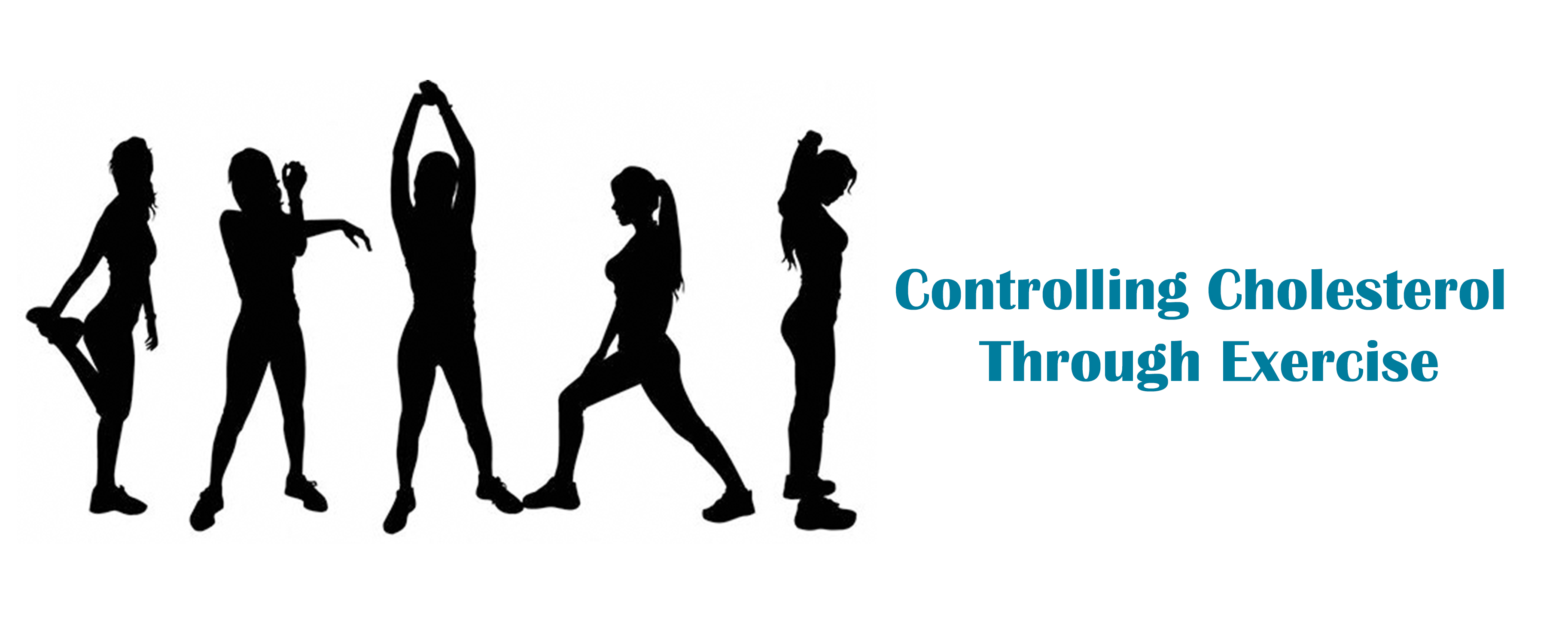Exercise and Diabetes
Among all the assumptions and myths, one way exercise tends to help lower your cholesterol is by helping you lose your weight. Being overweight tends to increase the amount of low-density lipoprotein (LDL) in your blood, the kind of lipoprotein that’s been linked to heart disease.
What kind of exercises help?
Studies say that a combination of strength/resistance training and cardio exercise give greater benefits in weight loss, fat loss and cardio resistance.
The American Heart Association suggests an average of 40 minutes of moderate- to vigorous-intensity aerobic activity three or four times a week. For overall cardiovascular health, the AHA suggests at least 150 minutes of moderate exercise — or 75 minutes of vigorous exercise — per week.
Also known as strength training, resistance training uses machines, free weights, bands, or your own body weight to build muscle. Adding muscle increases your metabolic rate, so you’ll burn more calories even when you’re at rest. The AHA recommends strength training at least twice a week for heart health.
How do I stay motivated?
Some great ways to stay motivated include:
- Keeping your goals realistic. If you expect to lose a lot of weight through exercise, or you reach healthy cholesterol levels quickly, you could be setting yourself up for disappointment — and end up dropping out.
- Making exercise social. Having the support of family or a friend helps you keep going. Numerous apps can also link you to other exercisers.
- Being flexible. If you can’t make it to the gym or the weather is forcing you to stay in, work out in your living room.
And remember, any activity is helpful. Move out and be active!
















